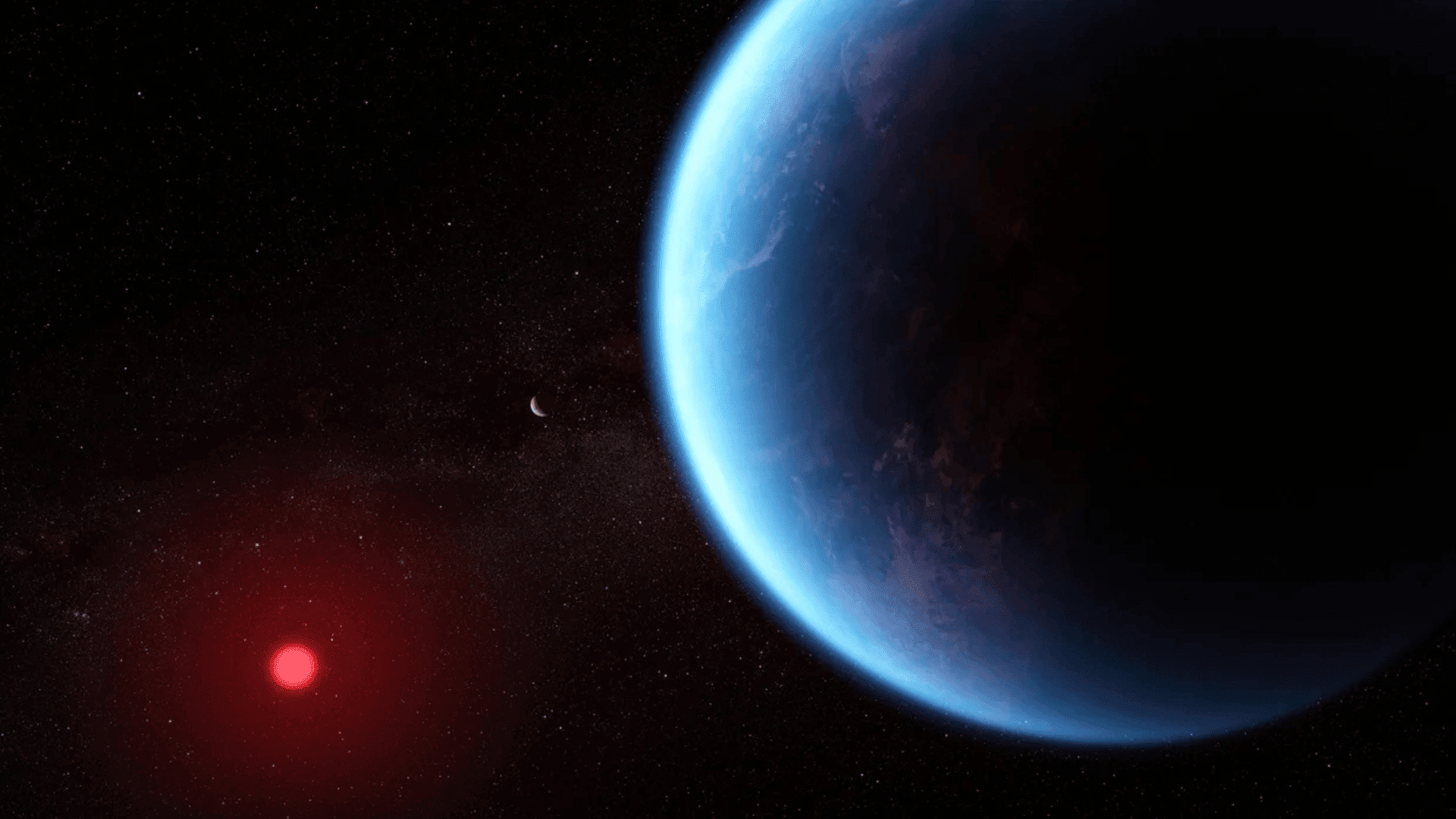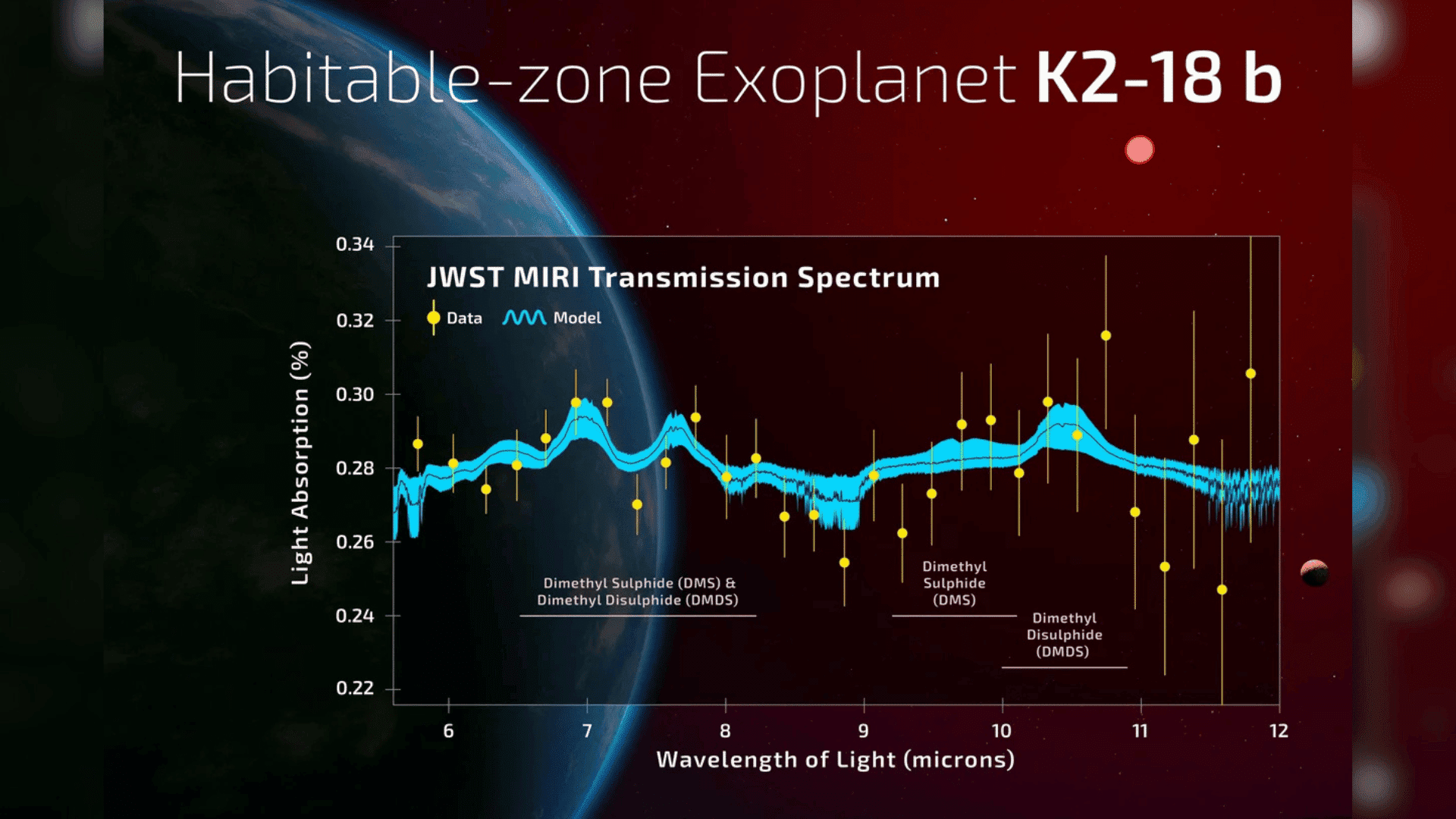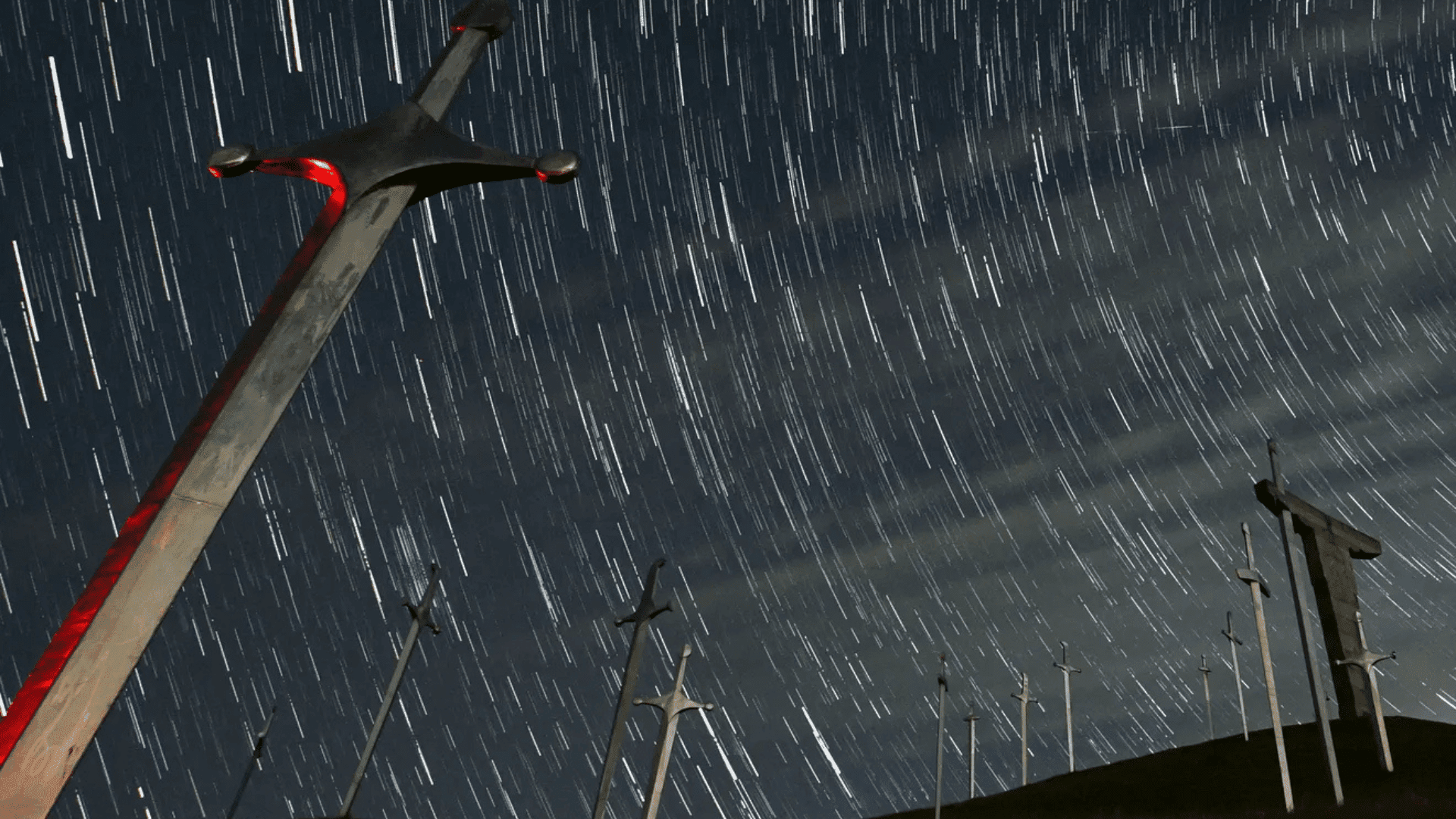Astronomers announced they’ve detected the “strongest evidence yet” of alien life beyond our solar system.
There has been debate in the scientific community regarding whether the planet K2-18b, located 124 light years away in the Leo constellation, could be an ocean world capable of hosting life.
K2-18b Exoplanet

More than eight times the mass of Earth and 2.5 times as big, K2-18b is rare among exoplanets because it orbits its star in a habitable or “goldilocks” zone. This means it exists in an area of space where it could produce liquid water, the most important ingredient for the formation of life.
Modern telescopes can observe these types of exoplanets as the cross in front of their star, which allows astronomers ot analyze how molecules in the atmosphere of the planet interact with different wavelengths of light.
A British-U.S. team of researchers used the James Webb Space Telescope and detected signs of two chemicals in the planet’s atmosphere long considered to be “biosignatures” indicating extraterrestrial life. The Webb telescope was also previously used to detect methane and carbon dioxide in K2-18b’s atmosphere, marking the first time such carbon-based molecules were detected on an exoplanet in a habitable zone.
The recently discovered chemicals dimethyl sulfide (DMS) and dimethyl disulfide are produced by living organisms on Earth, mainly from microscopic algae called phytoplankton. Notably, the concentration of the chemical DMS observed on K2-18b appears to be thousands of times stronger than levels on Earth, leading researchers to believe there’s likely a biological factor.
More Research Needed

However, researchers behind the study have emphasized caution, saying more observations are needed to confirm their findings. According to Nikku Madhusudhan, a Cambridge University astrophysicist and the study’s lead author, the implications could be groundbreaking.
“This is the strongest evidence yet there is possibly life out there,” he said. “I can realistically say that we can confirm this signal within one to two years.”
Other researchers are still skeptical. Planetary physics professor at Oxford University Raymond Pierrehumbert, for example, told AFP that the planet is too hot for life and any water it produced would be “hellishly hot”. Sara Seager, a professor of planetary science at MIT, also pointed to previous claims of water vapor in K2-18b’s atmosphere that turned out to be a different gas.
“This could be the tipping point, where suddenly the fundamental question of whether we’re alone in the universe is one we’re capable of answering,” Madhusudhan said.







